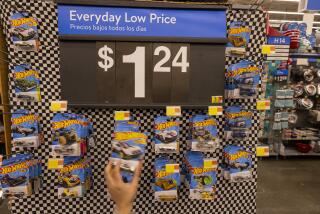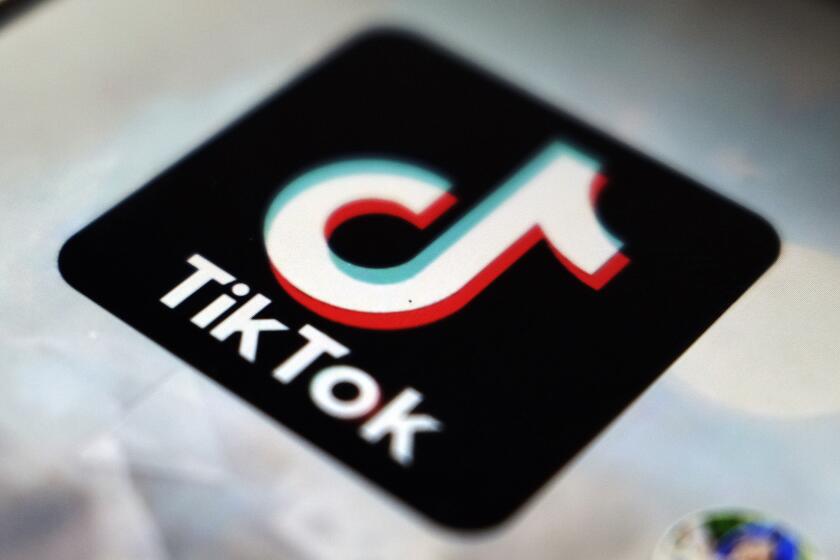Coupon Plan Makes Some Feel Clipped
- Share via
WASHINGTON — Supermarkets and food manufacturers agree coupons aren’t worth the paper they’re printed on, and shoppers are clipping fewer than ever.
But the American passion for bargains and gimmicks is thwarting companies that try to replace coupons with promises of lower prices.
“It’s a hard sell to customers, because . . . they like that tangible piece of paper,” said Barry Scher, spokesman for the 175-store Giant Food grocery chain based in Washington.
Giant stopped putting store coupons in local newspapers and has argued for years at food industry conferences that better ways can be found to give shoppers a break. But the chain doesn’t dare quit honoring manufacturer’s coupons.
“I think a lot of customers would say, ‘We’re going to shop elsewhere,’ ” Scher said.
Continuing a five-year downward trend, fewer than 2% of the 286.5 billion manufacturer’s coupons distributed last year were redeemed, according to a survey by Illinois-based coupon processor NCH Promotional Services.
Prodded by such studies, Procter & Gamble, makers of a wide array of household products including Jif peanut butter, Tide laundry detergent and Crest toothpaste, experimentally pulled coupons from stores in three upstate New York cities last year.
“We look at couponing as a wasteful practice,” said P&G; spokeswoman Linda Ulrey. “There’s nothing from our point of view that is efficient about a practice that fails over 90% of the time.”
The P&G; test, in Buffalo, Rochester and Syracuse, was accompanied by a more than 50% reduction in the company’s coupon spending nationally in favor of “everyday low pricing.”
Ulrey said P&G; lowered the prices to retailers by $2 billion.
Although P&G; won’t disclose the results of its experiments, there is evidence that what consumers noticed most is not savings but the missing coupons.
New York shoppers have written angry letters to the editor, expressing doubts that their $20 to $40 weekly coupon savings would be matched by “everyday low prices” if other companies were to follow the P&G; lead.
Ann Palmer, who oversees a Cooperative Extension program near Buffalo that shows people with low or fixed incomes how to save on grocery bills, put it this way: “I think that the P&G; product is a good product, but we continue to encourage consumers to utilize coupons.”
Despite waning redemption rates, industry surveys suggest more than half of shoppers can be tempted with coupons to switch brands.
Six of seven P&G; competitors can confirm this. They saw increases as high as 48% in redemption of their own coupons in upstate New York last year, said CMS Inc. of Winston-Salem, N.C., a middleman that arranges retailers’ compensation for manufacturer’s coupons.
Noting the cost of quitting coupons, most companies have resigned themselves to maximizing returns. Manufacturers printed 23 billion fewer coupons last year than in 1995 and tried harder to reach consumers most likely to use them.
Those coupon packets in Sunday newspapers remain popular, and companies are using them with more sophistication, said Lynn Liddle of Valassis Communications of Livonia, Mich., which prepares the inserts.
“Newspapers can zone [delivery] in ZIP Codes around stores so [coupons] are not hitting the real outlying areas,” she said.
More to Read
Inside the business of entertainment
The Wide Shot brings you news, analysis and insights on everything from streaming wars to production — and what it all means for the future.
You may occasionally receive promotional content from the Los Angeles Times.










